Can steel bikes still cut it in modern bike racing?
LA Sweat and Max Pratt certainly think so, and they have the results to prove it
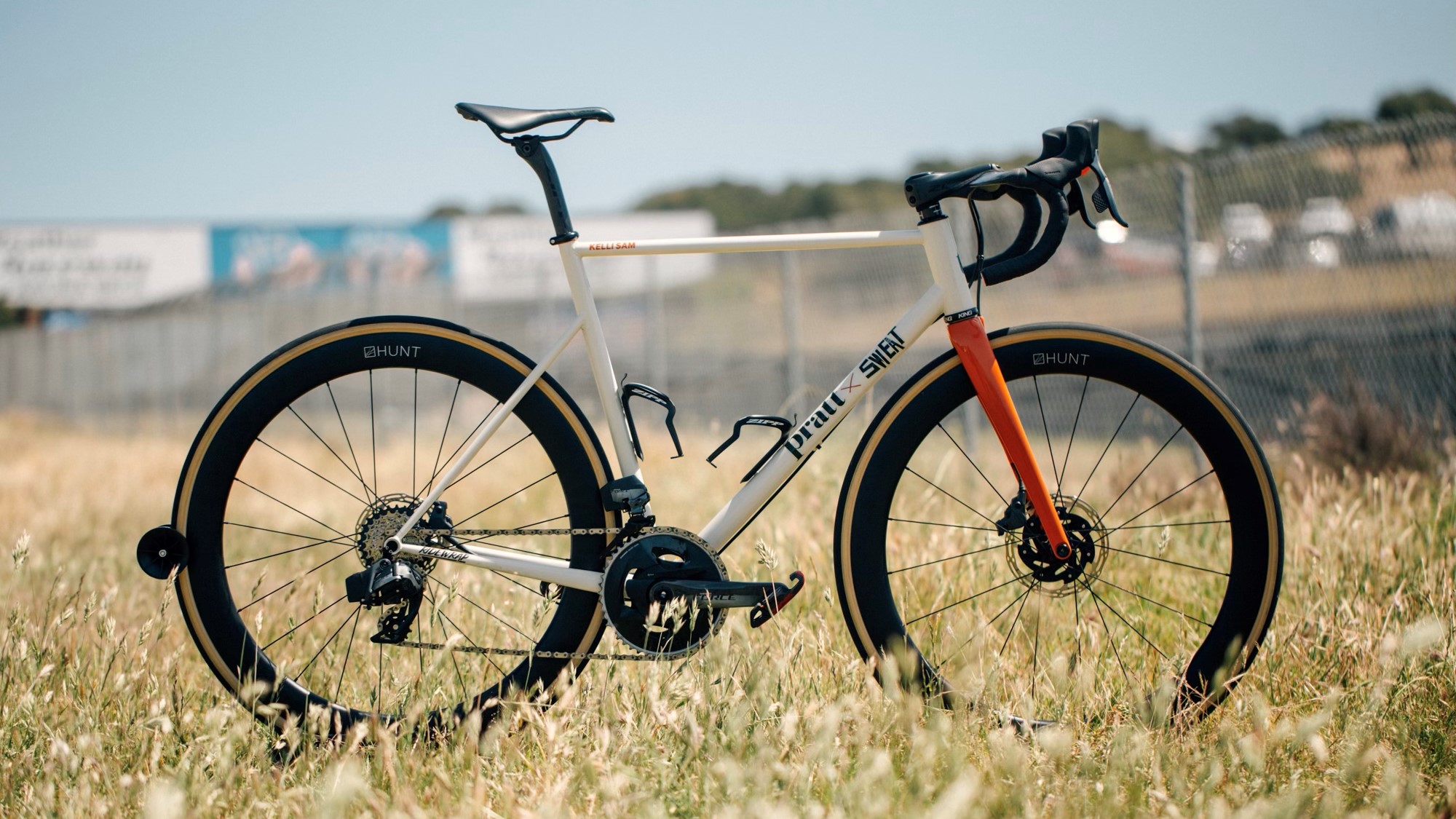
Every bike at the Tour de France, the Women’s Tour, Paris Roubaix, any WorldTour race, and in all likelihood nearly every bike at any race down to your local crit will be made of carbon fibre, so you’d be forgiven for thinking the days of steel race bikes gracing the top step of the podium (or even being part of the field) are over. Well, think again: USA-based women's pro racing team, LA Sweat, have teamed up with Pratt Frameworks for their team bikes this year, and not only are they racing on steel, they’re winning on steel too.
The LA Sweat X Pratt partnership has been brewing for some time, with discussions occurring behind the scenes since 2019, thanks to a shared wheel sponsor, Hunt, between the Pratt CX team and LA Sweat, along with a shared rider to facilitate too.
Steel bikes in the pro peloton have been done before in the modern era, with UK continental team Madison Genesis trying it out for a time around 2014, but since then it’s really been confined to the occasional one-off for show, like Oliver Naesen on a steel Eddy Merckx for the final stage of the 2019 Tour de France.
So, is there a place for a modern steel race bike in the sea of monocoque carbon, and if so why? I chatted to Kelli Samuelson from LA Sweat and Max Pratt of Pratt Frameworks to get their take on why this much-maligned material can not only beat the black stuff on the racecourse, but off it too.
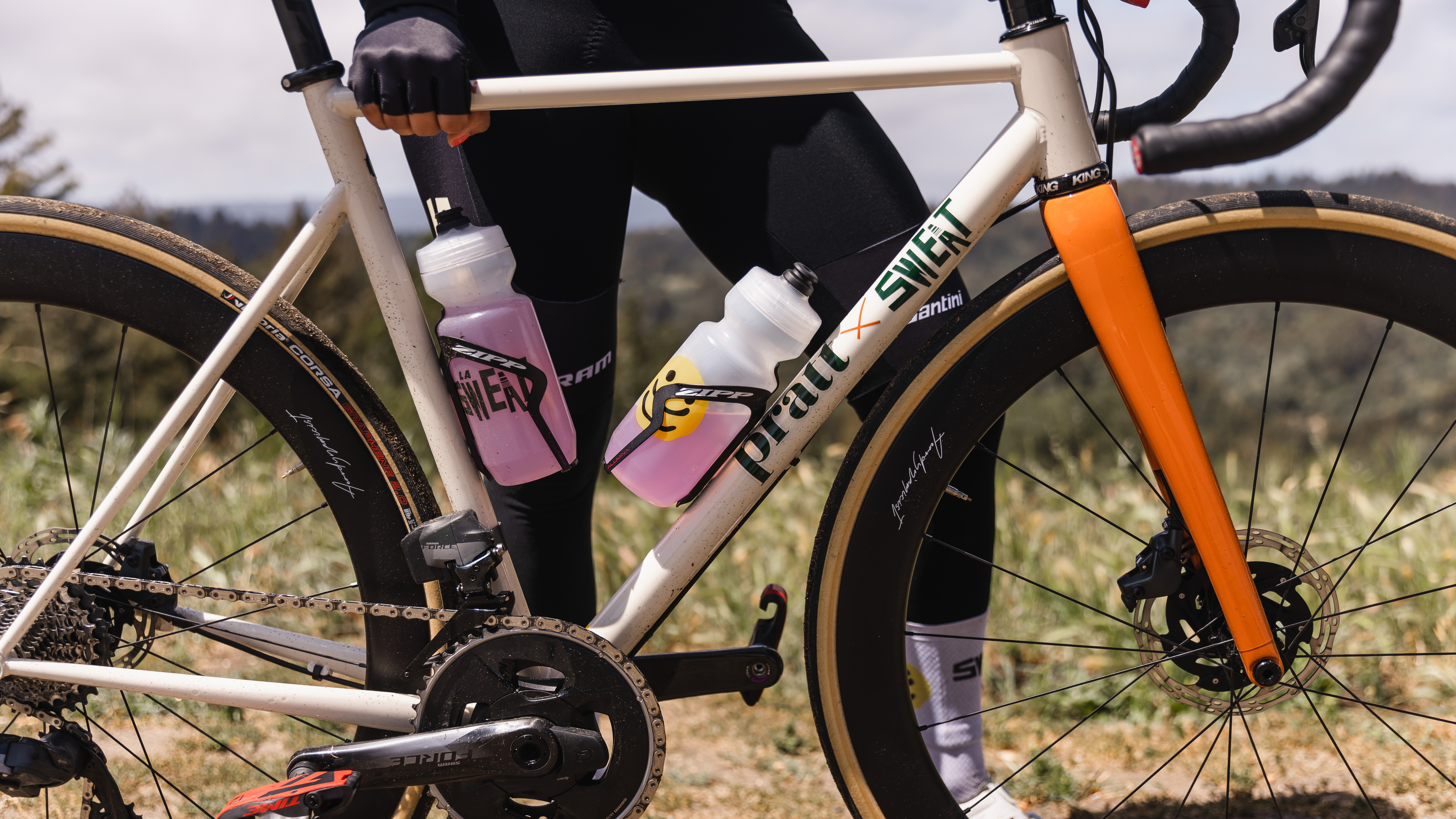
Racing performance
More than any other material, steel is absolutely awash with cliches and buzzphrases. People either claim it has this magical ride quality that nobody can quite describe, or is some archaic material that's much better placed to reinforce concrete than make bikes out of. The ubiquitous #SteelIsReal hashtag doesn't really mean much when you actually think about it. Rarely does anyone consider it a viable material for the absolute pinnacle of performance, but, like any other material, it has a strength to weight ratio and can be designed in such a way as to ride in a particular fashion.
The Pratt bikes piloted by LA Sweat riders are constructed from a mix of Columbus Life and SL tubing, which feature Columbus's latest Omnicrom alloy. Without diverting down a material science rabbit hole, this means that, through a mixture of the alloy properties, butting profiles (the internal thicknesses), and the tube diameters (Life tubes are oversized for increased stiffness) these steel bikes are every bit as high performance as their plastic counterparts.
Feedback from the riders, which passes through Kelli to Max for future iterations, is that bikes do have a better ride feel and are noticeably more stable than the team's former carbon fleet, and, partially thanks to custom geometry, they can corner harder on them too.
Get The Leadout Newsletter
The latest race content, interviews, features, reviews and expert buying guides, direct to your inbox!
To address the usual criticism that steel is heavy, Max points out that the team's bikes, at 8.2kg, are comparable to an Allez Sprint, a bike heavily marketed to the crit race scene. Thin tube walls, down to 0.45mm in places like the seat tube, in addition to 3D-printed dropouts, keep the weight low despite the density.
The other two standard criticisms levelled at steel bikes generally are that they are wobbly noodles, and they aren’t terribly aerodynamic. The former is quickly dispelled by both Kelli and Max when they point out that if the bikes were floppy then riders like Mariana Valadez wouldn't be taking sprint wins. And this is with the smaller BSA BB rather than the larger diameter T47.
Aerodynamics is perhaps the place where Kelli and Max did concede that steel does lose out to carbon. Round tubes are inherently less aero than modern truncated aerofoil designs but, in the list of aero priorities, the frame is actually relatively low on the list (especially as it already has a carbon fork). More important are rider position, clothing, helmets, and the leading edges of the handlebars and wheels. There is some drawback, but it's one the team is willing to countenance in a trade-off against handling and cornering advantages, plus some of the non-race advantages that we’ll dive into next.
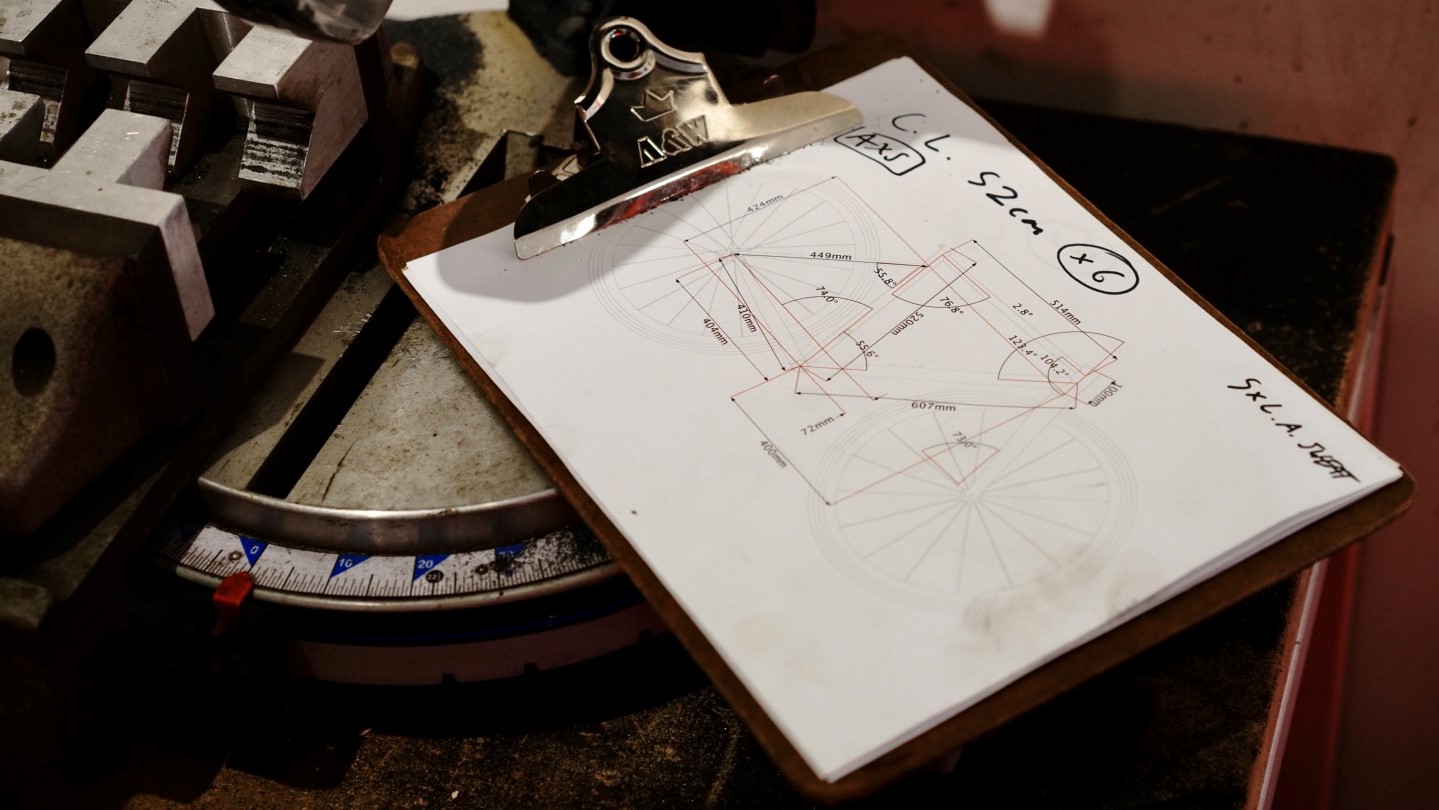
Feedback system
Each season, teams up and down the land are issued with their bikes for the season from bike brands big and small. More often than not the riders racing them have little or no say in the design, and given that brands tend to update their lineups in cycles of two or more years, even if changes are requested there’s no way of implementing them in the same or even the next.
With steel, and the agility of a small operation like Pratt Frameworks, LA sweat can be treated to multiple iterations of their race fleet in a single season. As mentioned before, the riders funnel their feedback directly through team owner Kelli who then discusses with Max. Tweaked geometry, new sizes (currently in 2cm increments from 48-56), and upgrades like a new 3D printed BB area to allow internal cable routing are all possible.
Naturally, there are drawbacks too. Big brands can ship bikes out the second a contract is signed but custom steel has a significantly longer lead time; four to five months from agreement to delivery of the initial fleet in this case.
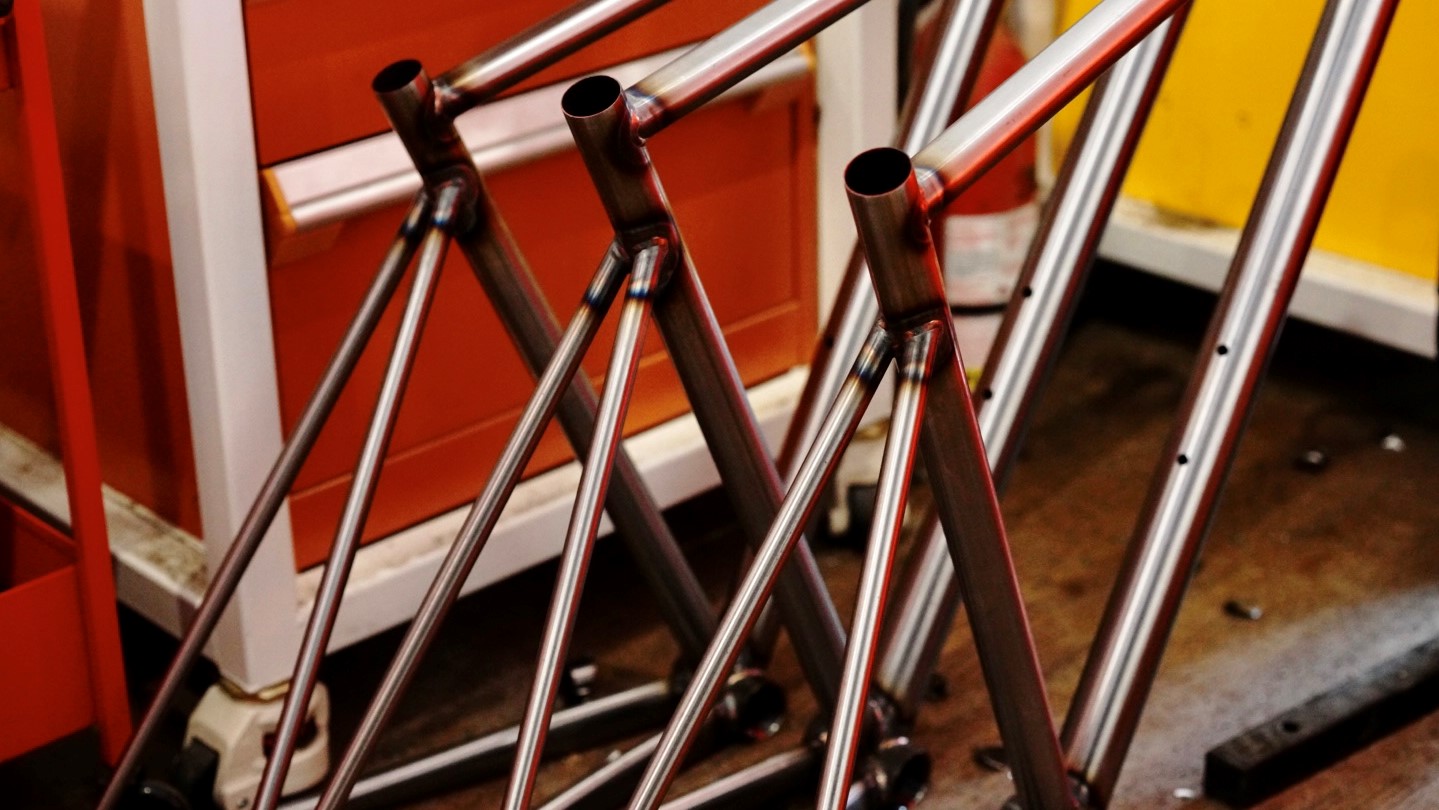
'Soft' benefits
One thing I was keen to find out was whether aesthetics were part of the consideration when opting for the distinctive look of a steel frame, which was pleasantly met with an unapologetic ‘absolutely’.
Kelli has a background in fashion and beauty, and it seems like having a bike that could be designed to perfectly match the (always eye-catching) team kits was too good to resist.
The sustainability of the bikes was also championed by both parties, which you can delve into a little more in our piece on how bikes are made. Steel, provided it is treated well, has a longer shelf life than carbon and can be easily recycled. It’s repairable (Max regularly replaced entire tubes on bikes following damage - fortunately, none from the team as yet) and more resistant to damage in transit. This longevity means the Jr team are likely to receive this season's bikes to race on at some point, or they will be auctioned off to raise money for the team as a whole as last season's fleet was.
Perhaps most interestingly, and hardest to quantify, was the inspiration factor. A bike that looks ‘normal’, or at least more like the $200 Walmart option, is more likely to inspire the next generation of women to get riding and start racing than something that looks closer to a spaceship.
So yes, it seems steel can still cut it, at least in the crit scene. There are drawbacks, as with any choice, but it doesn't seem to be stopping the team from gracing the top step of the podium.
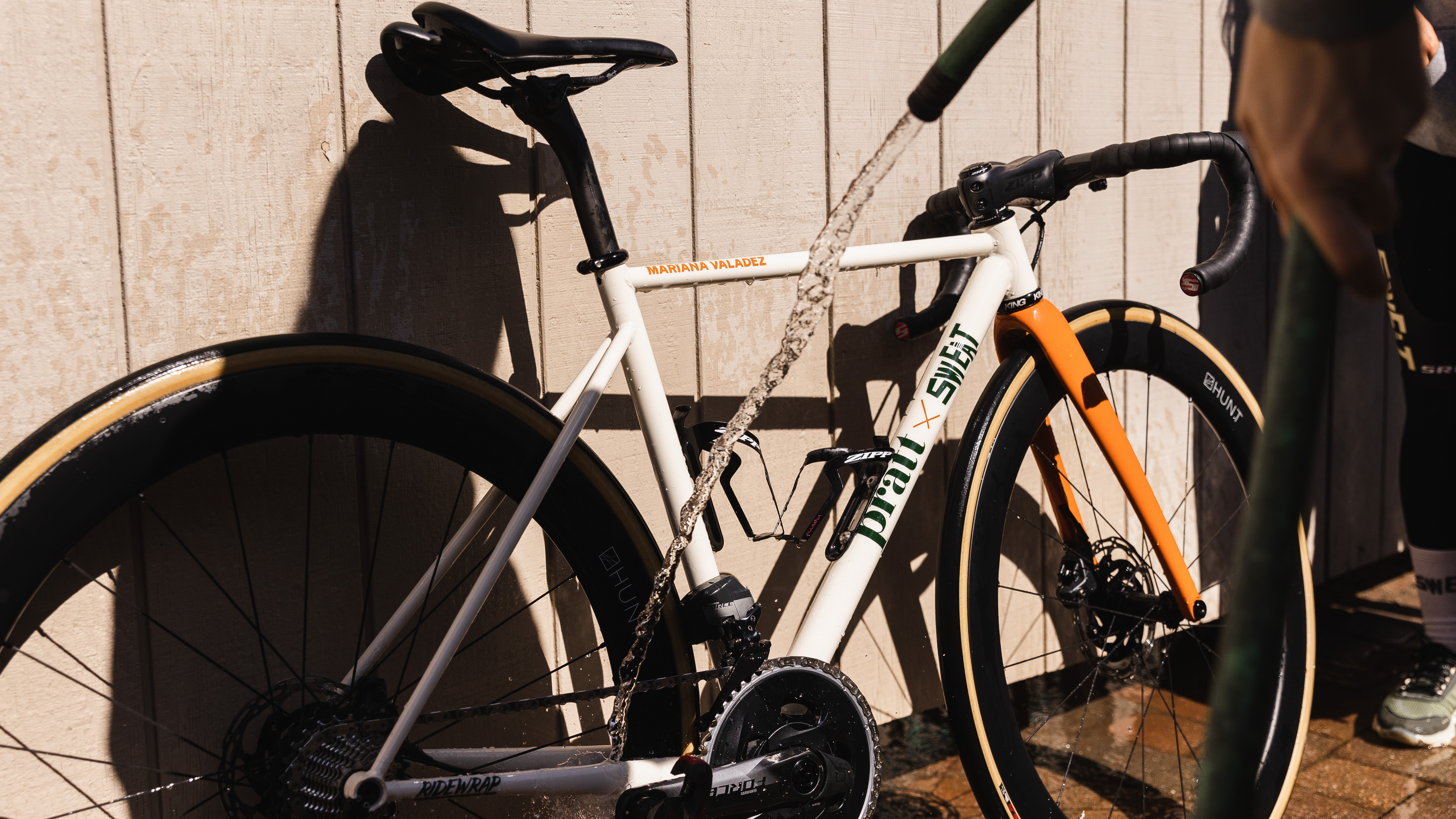
Bike check
- Frame - Pratt Frameworks Custom
- Bars - Zipp SL-70
- Stem - Zipp SL Sprint
- Groupset - SRAM Force AXS E-tap
- Wheels - Hunt 54 Aerodynamicist Carbon Disc
- Tyres - Vittoria Corsa Cotton
- Cages - Zipp Alumina
- Rotors - Centerline XR 140/160
- Headset - Chris King

Will joined the Cyclingnews team as a reviews writer in 2022, having previously written for Cyclist, BikeRadar and Advntr. He’s tried his hand at most cycling disciplines, from the standard mix of road, gravel, and mountain bike, to the more unusual like bike polo and tracklocross. He’s made his own bike frames, covered tech news from the biggest races on the planet, and published countless premium galleries thanks to his excellent photographic eye. Also, given he doesn’t ever ride indoors he’s become a real expert on foul-weather riding gear. His collection of bikes is a real smorgasbord, with everything from vintage-style steel tourers through to superlight flat bar hill climb machines.